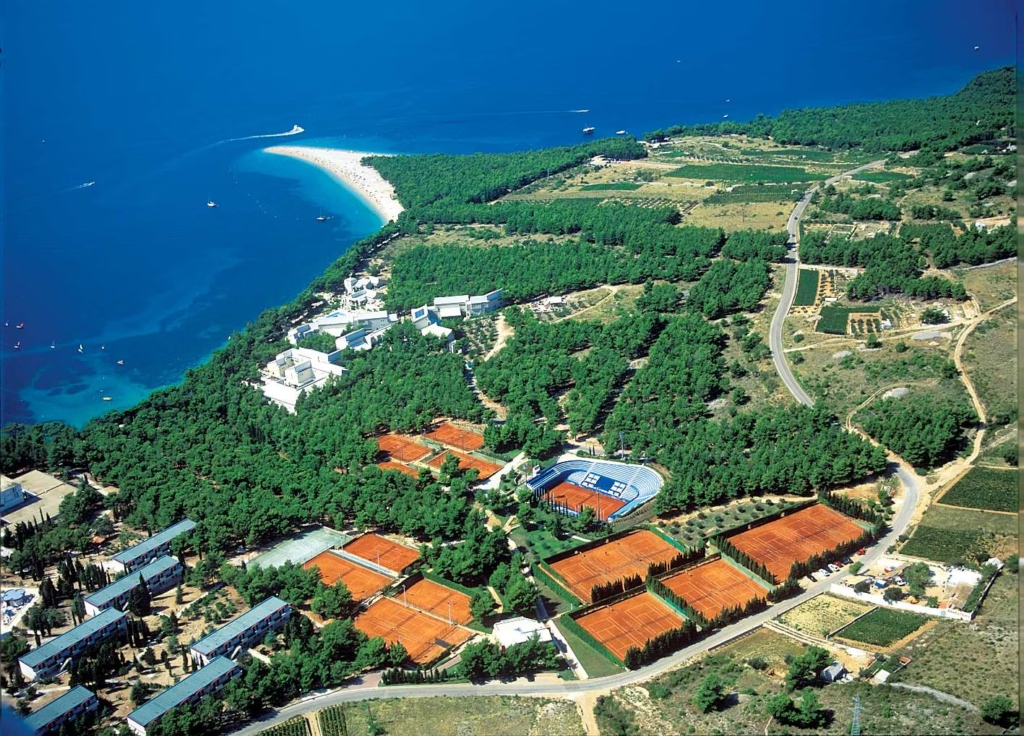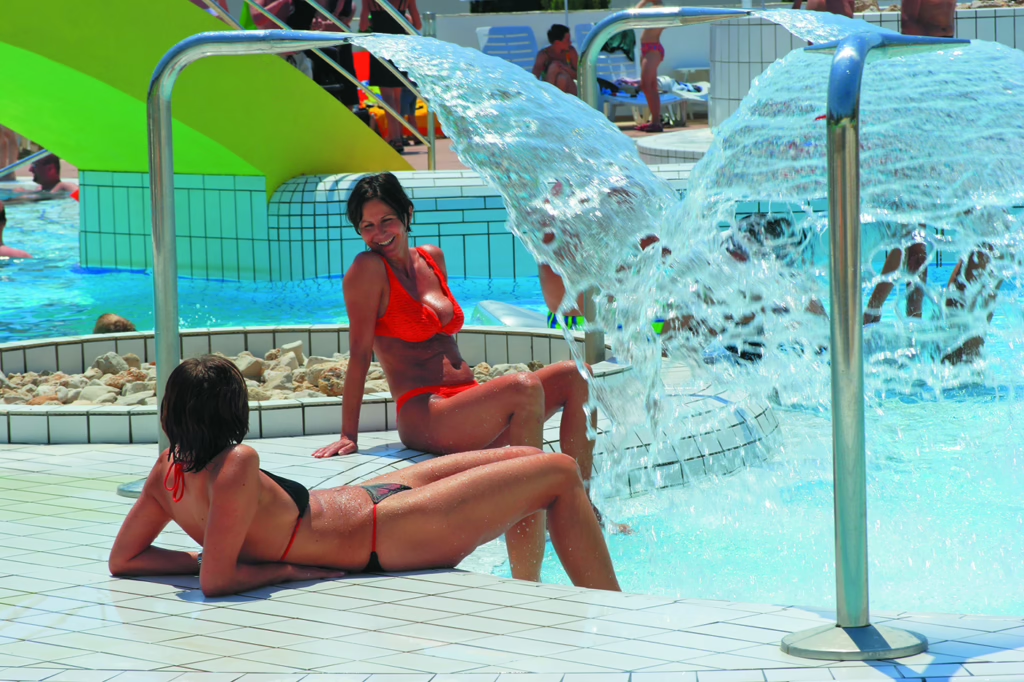At the beginning of the 20th century, tourism in Dalmatia began to flourish, and Bol already possessed all the qualities of an attractive holiday destination: a chain of stunning beaches along the coastline – with the famous Zlatni Rat as its jewel – crystal-clear sea, a mild Mediterranean climate, pine forests along the shore, and an abundance of fresh spring water. Yet, the modest beginnings of organized tourism in Bol date back only to 1923.
That year, Bol hosted its first holiday camp. The largest and most beautiful building in town at the time – the primary school – was repurposed to accommodate students for a 30-day summer stay. These first guests were the heralds of a new era: Bol’s awakening as a tourist destination.
In 1927, a man who would rightfully be remembered as the pioneer of Bol’s tourism and hospitality industry appeared – Ante Vidošević. The following year, he opened his first guesthouse: a humble third-category inn with a kitchen, a small restaurant, and four rooms upstairs. His initiative inspired other locals to follow suit, leading to the opening of Pension Dalmacija, Gostiona Turketo, Gostiona Soljačić, Gostiona Marinković, and others. On the eve of World War II, Bol had 63 rooms with a total of 127 beds and boasted the highest occupancy rates on the island.
After the war, in 1948, the former Pension Vidošević became the “Zlatni Rat” hotel company. Initially, growth was slow, with capacity increasing mostly through adaptations of existing houses. But in 1963, the former student dormitory was converted into the “Bijela Kuća” Hotel. From that point on, development accelerated: Hotel “Elaphusa” opened in 1971, “Borak” in 1976, and the “Bretanide” hotel complex in 1984. In 1999, Bol welcomed the new “Bonaca” hotel complex.
Alongside accommodation, tourism infrastructure also expanded: entertainment venues, sports and recreational facilities, holiday resorts, and private lodging. The Dominican Monastery joined the tourist offering, providing visitors with a unique blend of nature, peace, and spiritual retreat. Shops, restaurants, taverns, cafés, bars, and nightclubs flourished, while sports activities became ever more diverse.
Bol soon grew into the main tourist hub of Brač and one of Dalmatia’s leading destinations. For its dedication and achievements in tourism development and service quality, Bol and the “Zlatni Rat” company received numerous awards and recognitions.
Although the war in the 1990s temporarily halted growth, Bol has since regained its position as an essential destination of the Croatian Adriatic – a harmonious blend of tradition, natural beauty, and hospitality excellence that continues to captivate every visitor.


